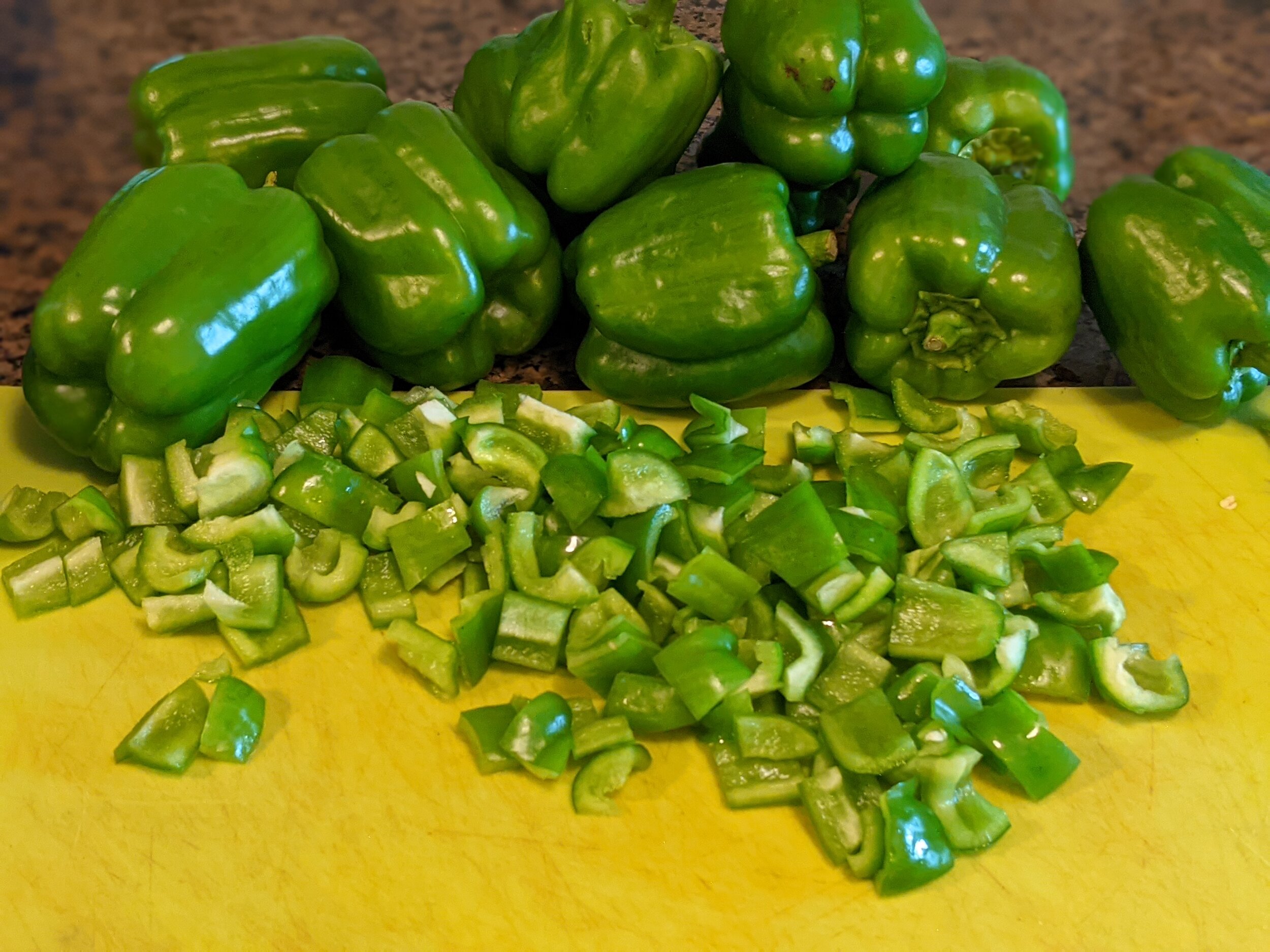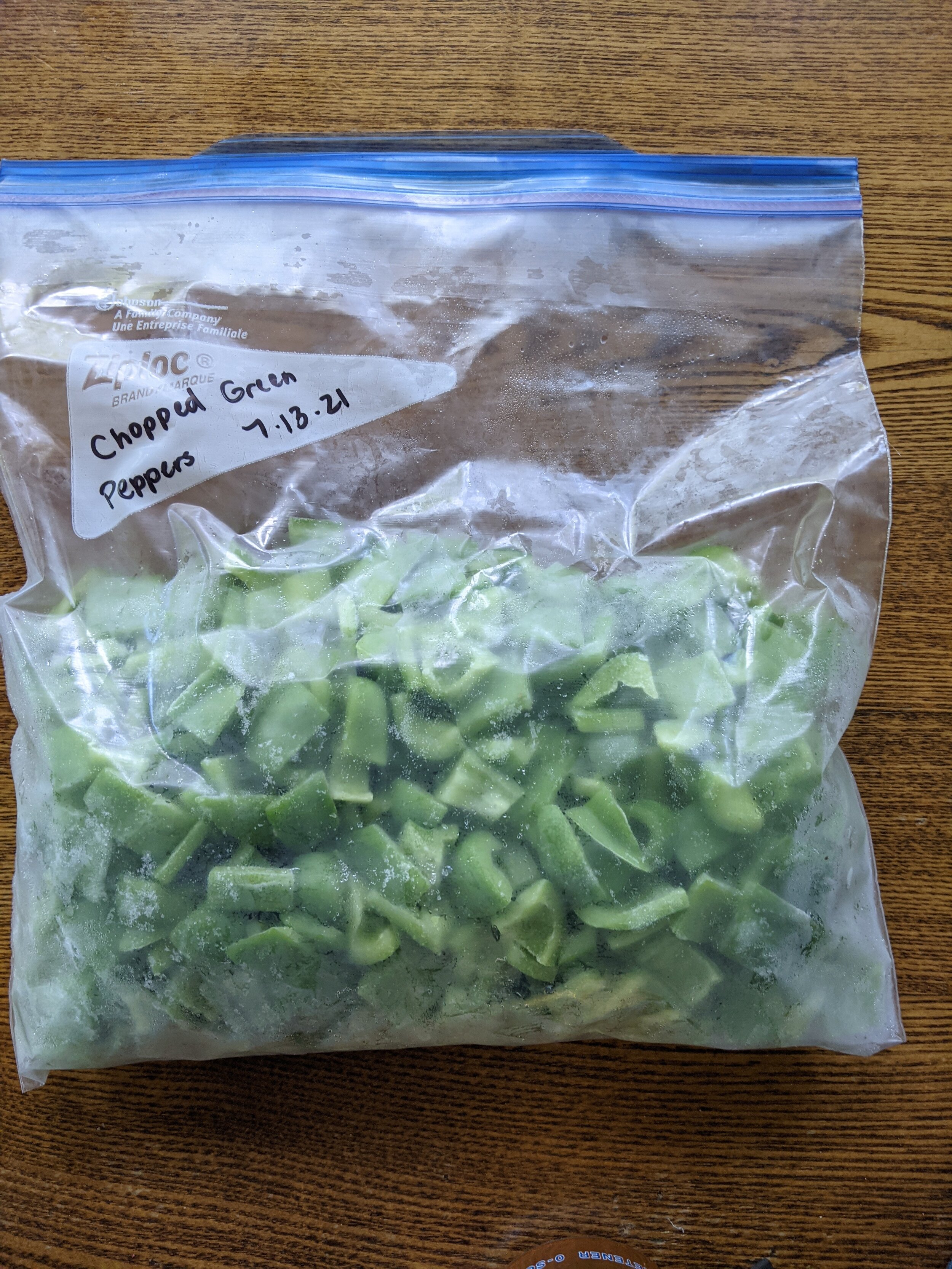Looking for a cheap indoor activity that’ll keep your kids entertained on a rainy day? My suggestion: make homemade play dough together.
Why make your own?
If your household is anything like ours, play dough lasts for approximately one afternoon. The kids take it out, mix all the colors into a gray/brown blob, abandon that blob for another toy, and forget about it until the next day when it’s morphed from play dough to more of a play chalk. The good news about the homemade stuff is it stays hydrated way longer because of the oils.
Making your own is way cheaper than buying it from the store. With the recipe below, you can make a play dough ball about five times bigger than a standard clump of play dough you’d get from the store.
You can eliminate those little plastic cylinders AND the carbon footprint of however far the play dough was transported.
The yellow clump you see on the left is a standard sized piece of play dough you’d get in one of those containers from the store. The big greenish ball to the right was how much I ended up with after making the recipe below.
How to make it
Ingredients:
1 cup all-purpose flour
1/3 cup salt
2 TSP cream of tartar
1 cup water
1 tbsp oil (I used avocado, but Vegetable would work)
gel food coloring
essential oils
DIrections:
Throw your flour, salt, and cream of tartar into a saucepan.
Stir the water, oil, and a few drops of food coloring into the flour mixture. (I added 8 drops of food coloring.)
Turn your burner on medium low, and stir your concoction until it resembles play dough and begins to cling to the spoon. (This took me about 4 minutes. Prepare for a bit of a workout as the dough solidifies.)
Remove the clump of play dough from the pot and let it cool on a plate.
Once your dough is cooled, add a few drops of essential oils if desired. (I added 10 drops.)
To make different color/scent combinations, repeat steps 1-5 with different essential oils and food dye colors.
How to store it
You could keep it in a gallon-sized zip top bag or a reusable plastic container with a lid. We originally made four different colored balls of the stuff, but the kids mixed them pretty much immediately, as is their custom. Pro tip: consider choosing colors and scents that blend nicely together. (The four colors we used mixed into a pretty purple color.)


















